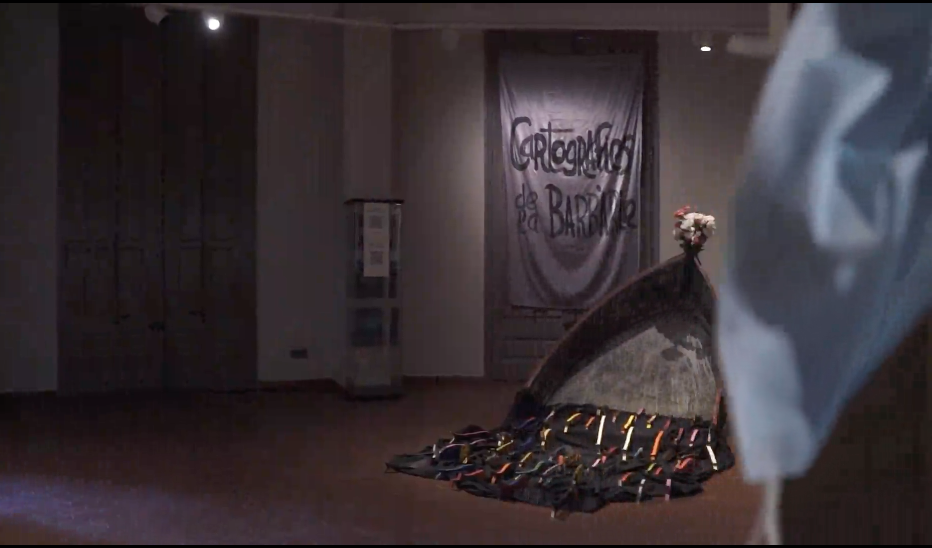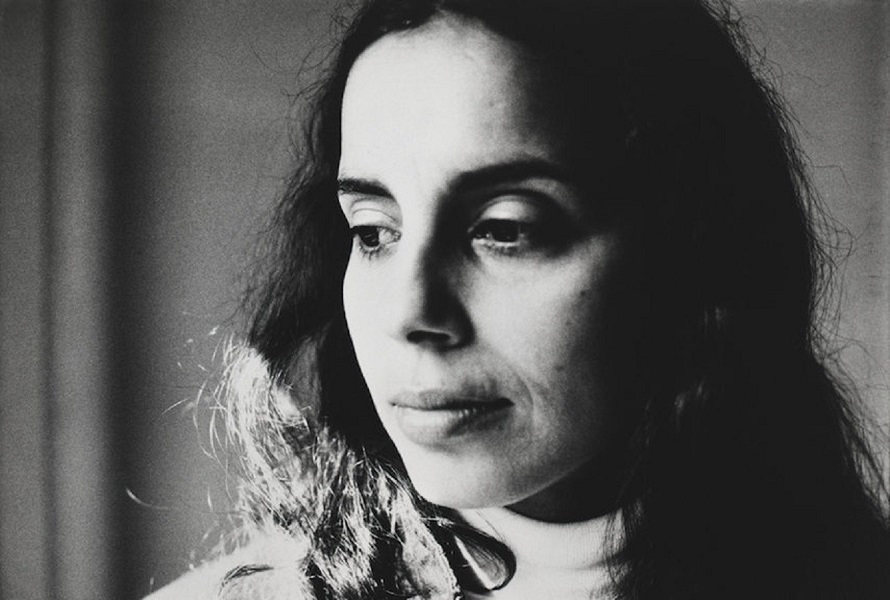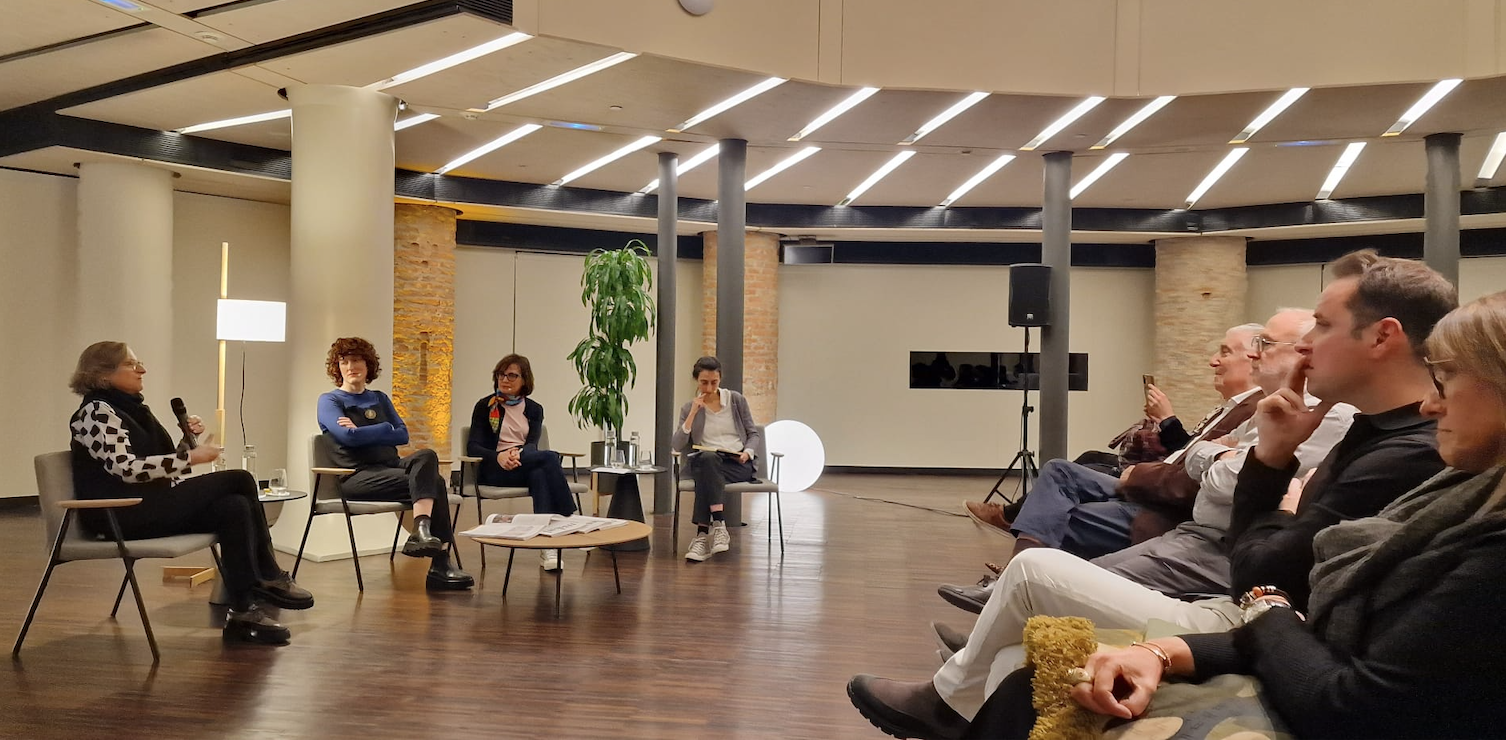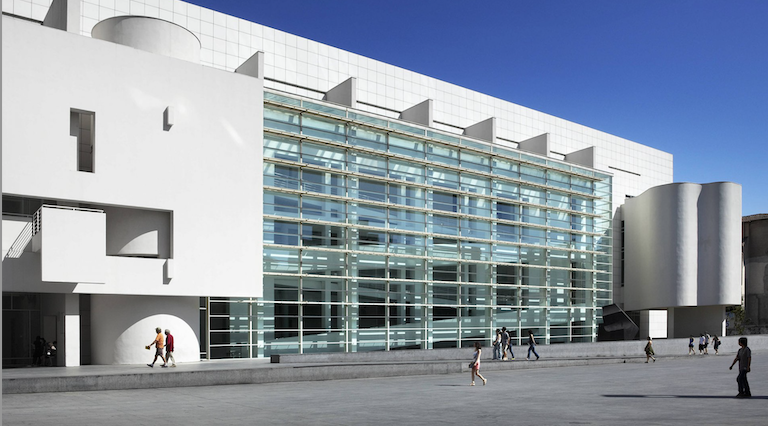reports
translucent
Segons el Gran Diccionari de la Llengua Catalana, la paraula translúcid significa el següent: “Que deixa passar la llum però no deixa veure distintament els objectes a través seu.”
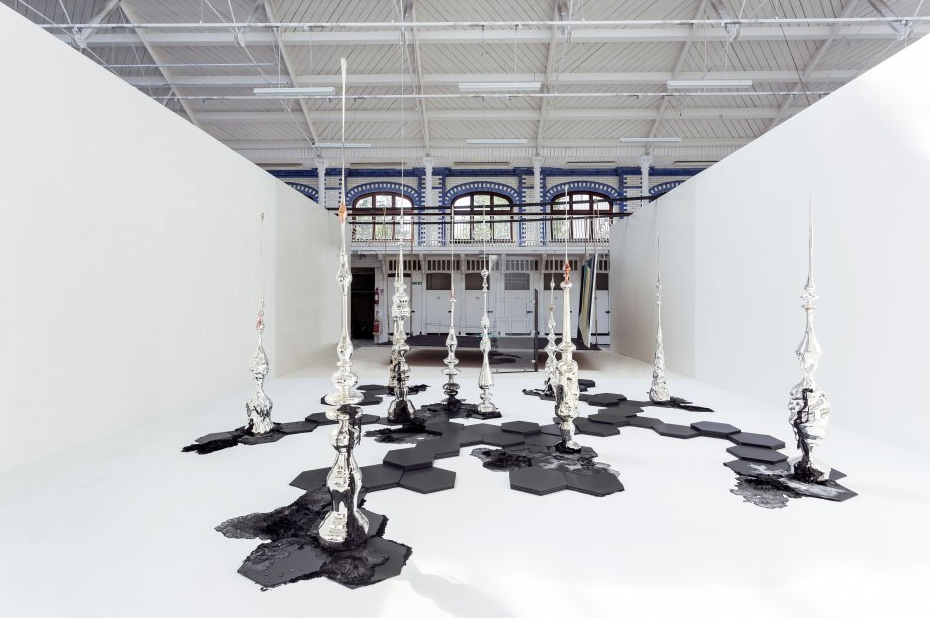
According to the Great Dictionary of the Catalan Language, the word translucent means the following: "That allows light to pass but does not allow objects to be seen distinctly through it."
Has this been the role of feminist women in the world of art? Have they been a light that could not be form? In the current context we can affirm that yes, that women artists, and especially feminists, have been made invisible. They have been a kind of light that has not yet taken shape. They have been like a kind of shadow that moves, that creates and that looks for a way to make itself visible in order to lose anonymity. In a society like ours, in which for generations women have lacked feminine cultural references and have been educated in the belief that professional, artistic and social excellence should always be in male hands and where at the end of the 20th century the theory of gender has not started to have an impact, it has been difficult to give shape to this light that radiated and, therefore, it has been difficult to detect this inequality.
Imbalance and inequality
In addition, we can add that in the face of these situations of imbalance it was difficult to think of innovative projects that had to enter areas alien to women, because inequality was interpreted as a natural law. On the other hand, they did not have many chances to train properly or to develop their abilities, since the work of female artists was only accepted if they dealt with costume subjects or still lifes.
Fortunately, this imbalance is beginning to find a meeting point thanks to the work of the women themselves and partly also to laws, such as law 17/2015, of July 21, on the effective equality of women and men, which it draws inspiration from the demands that the feminist movement, women's associations and associations fighting for women's rights have historically claimed. This law aims to reduce the legal and social gap between men and women so that institutions carry out policies and actions aimed at eradicating the phenomenon of inequality between the two genders.
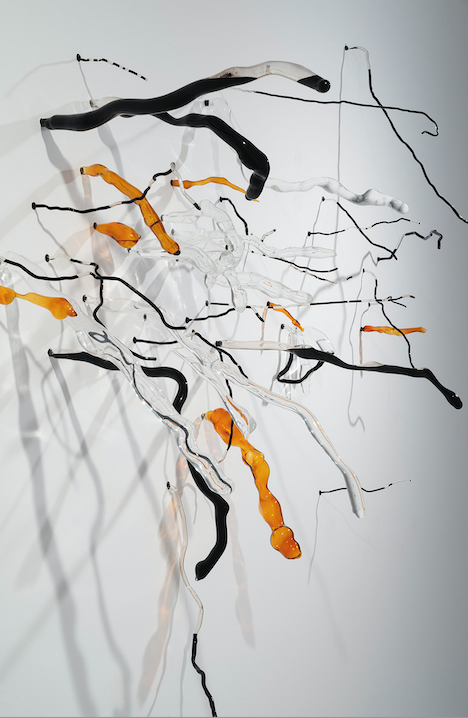 "Lara Fluxà. MALC. Pensar el pie, mover el entorno", Es Baluard Museu d’Art Contemporani de Palma
"Lara Fluxà. MALC. Pensar el pie, mover el entorno", Es Baluard Museu d’Art Contemporani de Palma
Identity claim
Today the list of female artists is immense, but there are some who, after having conversations with them, wanted to express what they think about their professional career as well as claim an active role in the cultural world that allows them claim the same identity. It is no longer just the passive object of man's creation, but they have become creative subjects who propose their own image, a gender image offered by women themselves and which often rejects patriarchal aesthetic canons . Mercedes Jiménez is a sculptor based in Barcelona whose work has women as protagonists. All his sculptures are female figures. Whatever the material she uses to shape them, the most important thing is that they mean a tribute to the women who have been important to her, both for personal relationships and for social events that have marked a certain moment in our society. Olga Esther uses the image of the princess who doesn't want to be a princess: "I use the narrative and symbolism of fairy tales, of princesses and blue princes, to criticize the gender mandates that oppress women." Again the women are the protagonists of the works and, in the case of Olga, with the clear intention of criticizing the gender postulates established for a long time.
Cross-border spaces
But if we look a little further, we can see how many female artists have wanted to cross the boundaries of art to create a cross-border space. A space where all kinds of practices coincide and strain with each other: paintings, installations, sculptures, video installations, appropriations, outdoor tours, collective actions, photographs, performances and a long et cetera, to give step into a much more conceptual part that aims to shake the viewer. So much so that Stella Rahola shows us her sculptures through materiality, achieving organic pieces where matter flows and where she gives space and voice to recycling and sustainability.
Lara Fluxà delves into the issue of the environment by working with elements such as glass, water, air and light to create organic forms with the intention of making us reflect on the role of society in the contemporary world, as well as the fragility, tension and violence that exists between humanity and nature.
Despite the fact that women artists already play a very important role in art fairs and are increasingly visible in solo exhibitions, there is still a long way to go to occupy a significant place. There is still a little more to go from being translucent to being fully visible.





